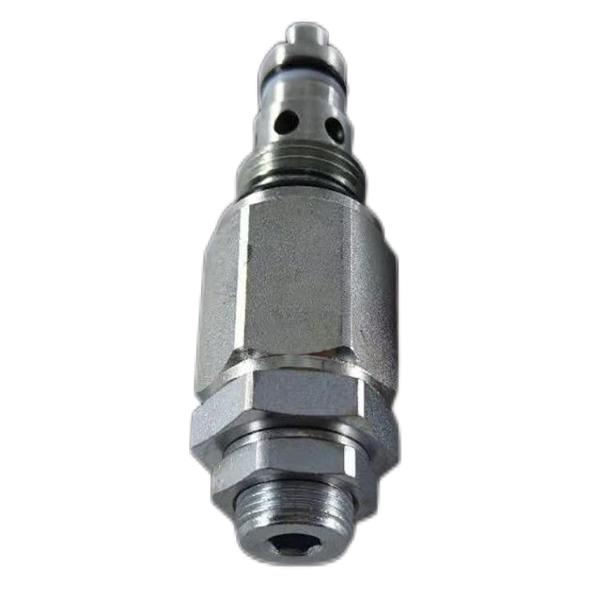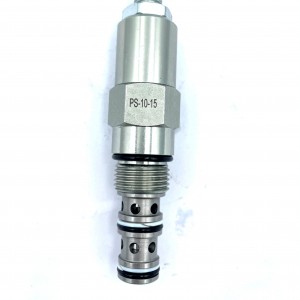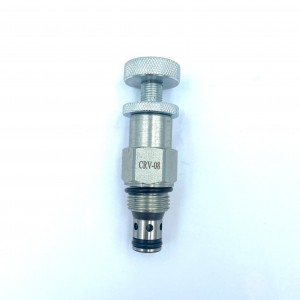New Original Solenoid Directional Valve Wsm08130d-01-C-N-24dg
Details
Sealing material:Direct machining of valve body
Pressure environment:ordinary pressure
Temperature environment:one
Optional accessories:valve body
Type of drive:power-driven
Applicable medium:petroleum products
Points for attention
Structure and principle of threaded cartridge valve
The structure of threaded cartridge valve mainly includes electromagnetic coil, armature sleeve assembly, valve body, valve core and spring. The electromagnetic coil is used to generate a magnetic field in which the armature sleeve assembly generates a push or pull force that acts on the spool through a push rod. The spool is driven by the electromagnetic force and the action of the spring force at the same time. When the balance position is reached, the spool stops in the position where the spring force and the electromagnetic force are balanced.
The working principle of the threaded cartridge valve is based on the interaction of electromagnetic and hydraulic forces. When the electromagnetic coil is powered on, a magnetic field is generated. The armature sleeve assembly generates thrust in the magnetic field and acts on the valve core through a push rod. The electromagnetic force is directly balanced with the liquid pressure at the inlet or outlet of the main or pilot valve to limit the pressure or control the channel opening. The displacement of the spool depends on the spring, which converts the electromagnetic force into displacement to achieve the purpose of controlling the fluid direction, flow rate and pressure.
The application scenarios of threaded cartridge valves include fluid path control of hydraulic mechanical equipment. Because of its large flow rate, large diameter, sensitive action and good sealing, threaded cartridge valves are often used in hydraulic systems requiring large flow control. When combined with other hydraulic control valves, the system oil direction, pressure and flow can be accurately controlled.
Product specification



Company details

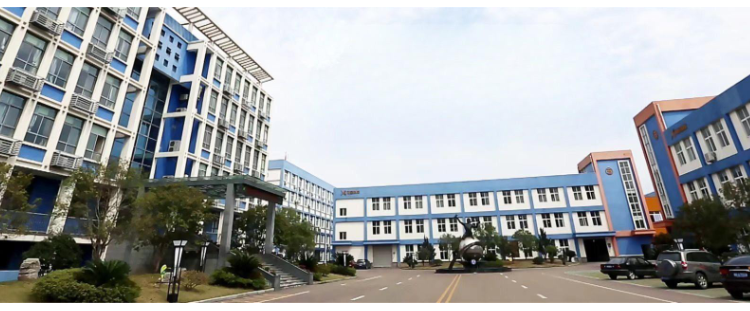






Company advantage
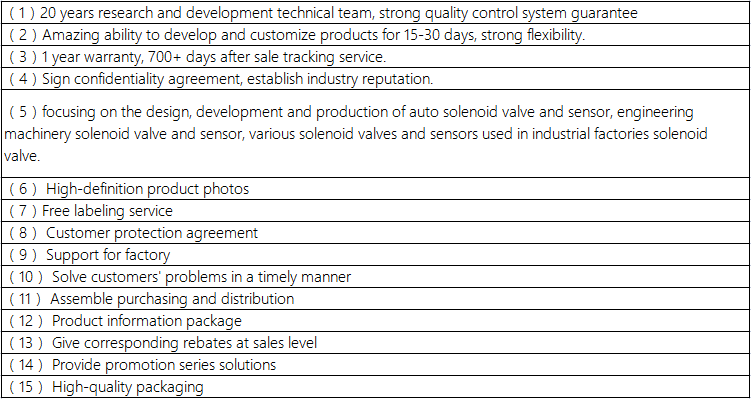
Transportation

FAQ










